Joybranch: An Animal-Computer Interface
We turned a natural branch and log into a wireless joystick to allow a bird to exert choice and control over ambient music.
Enrichment is a methodology for caregivers to offer zoo animals improved psychological and physiological well-being. Although many species rely on auditory senses, sonic enrichment is rarely implemented. Designing interactive sonic enrichment systems for animals presents unique ergonomic, ethical, and agency-related challenges. We present a case study of such design. We deployed two novel interventions at the San Diego Zoo to allow Sampson, a music-savvy hyacinth macaw, to gain control over his sonic environment. Our results suggest that (1) the bird uses, understands, and benefits from the system, and (2) visitors play a major role in Sampson’s engagement with this technology. With his new agency, the bird gains control over his interactions with the public, creating an interspecies experience mediated by technology. The resulting animal-human-computer interaction may inform mediated interspecies experiences in the future.
with R. Kleinberger, A. van Troyer, D. Su, J. Baker, A. Harrington, and L. Yu (MIT).

A modified log with a joystick-branch allowed a hyacinth macaw named Sampson to trigger music.

Inside the 'joybranch': hardware and battery.
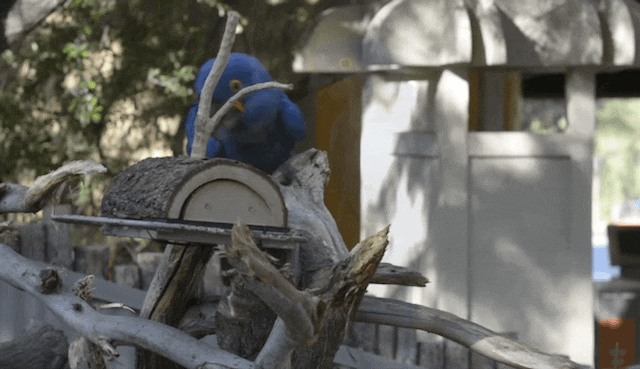
Sampson (the hyacinth macaw) would hold the joybranch to trigger music to continue to play. Keepers indicated that such branch-holding is highly unusual and likely reflects his intentional choice to hear music.

Enclosure where testing took place.
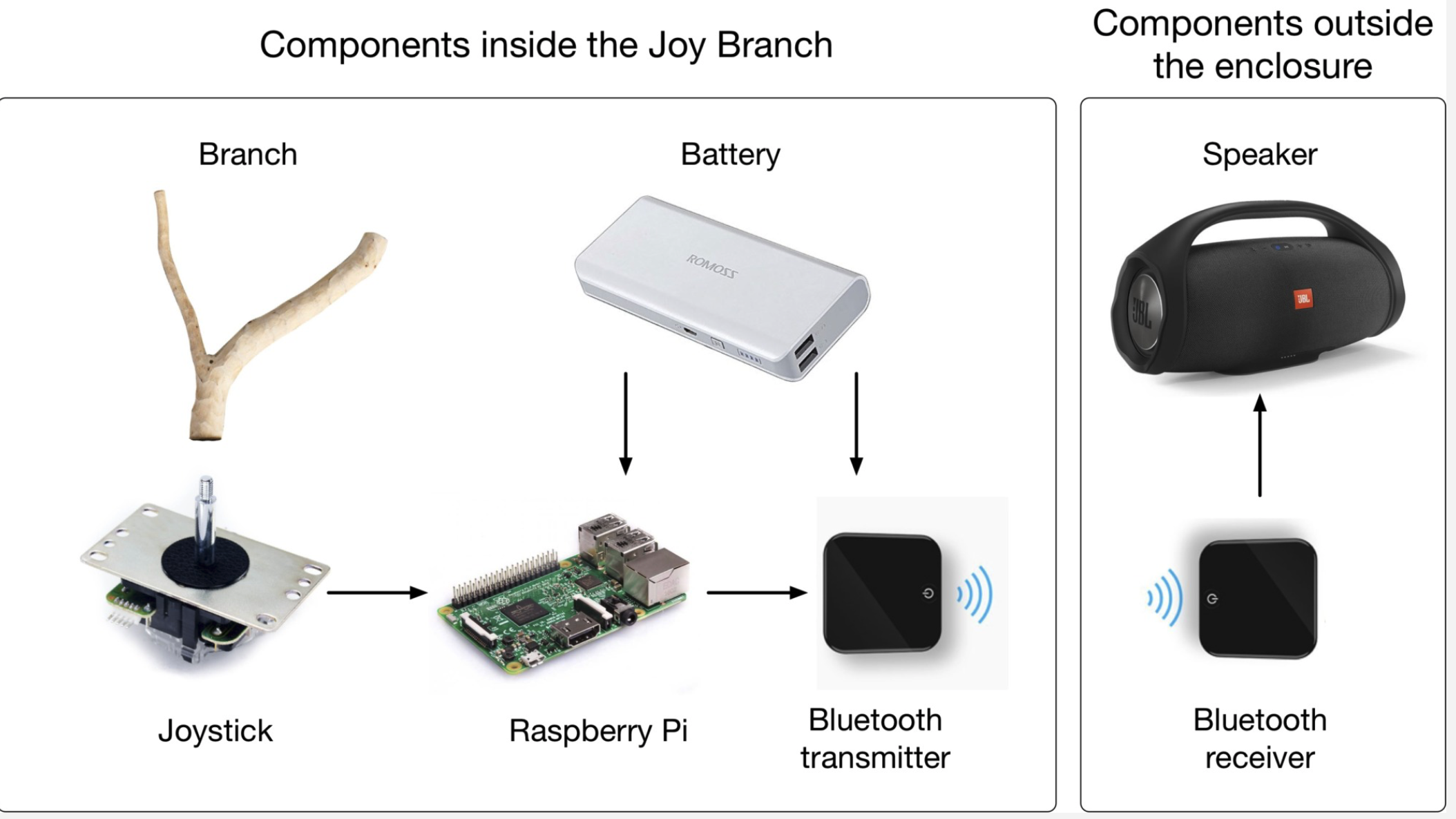
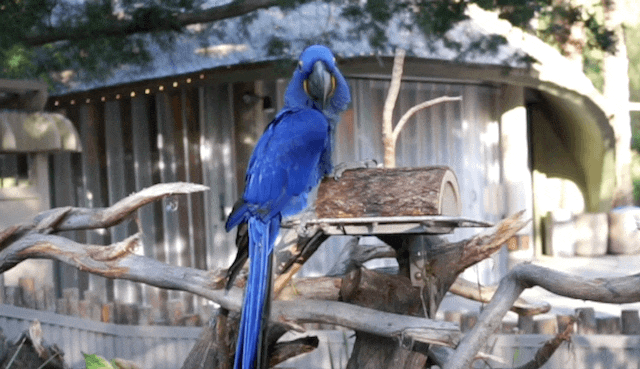
Sampson also sometimes held the joybranch in 'on' position with his foot.
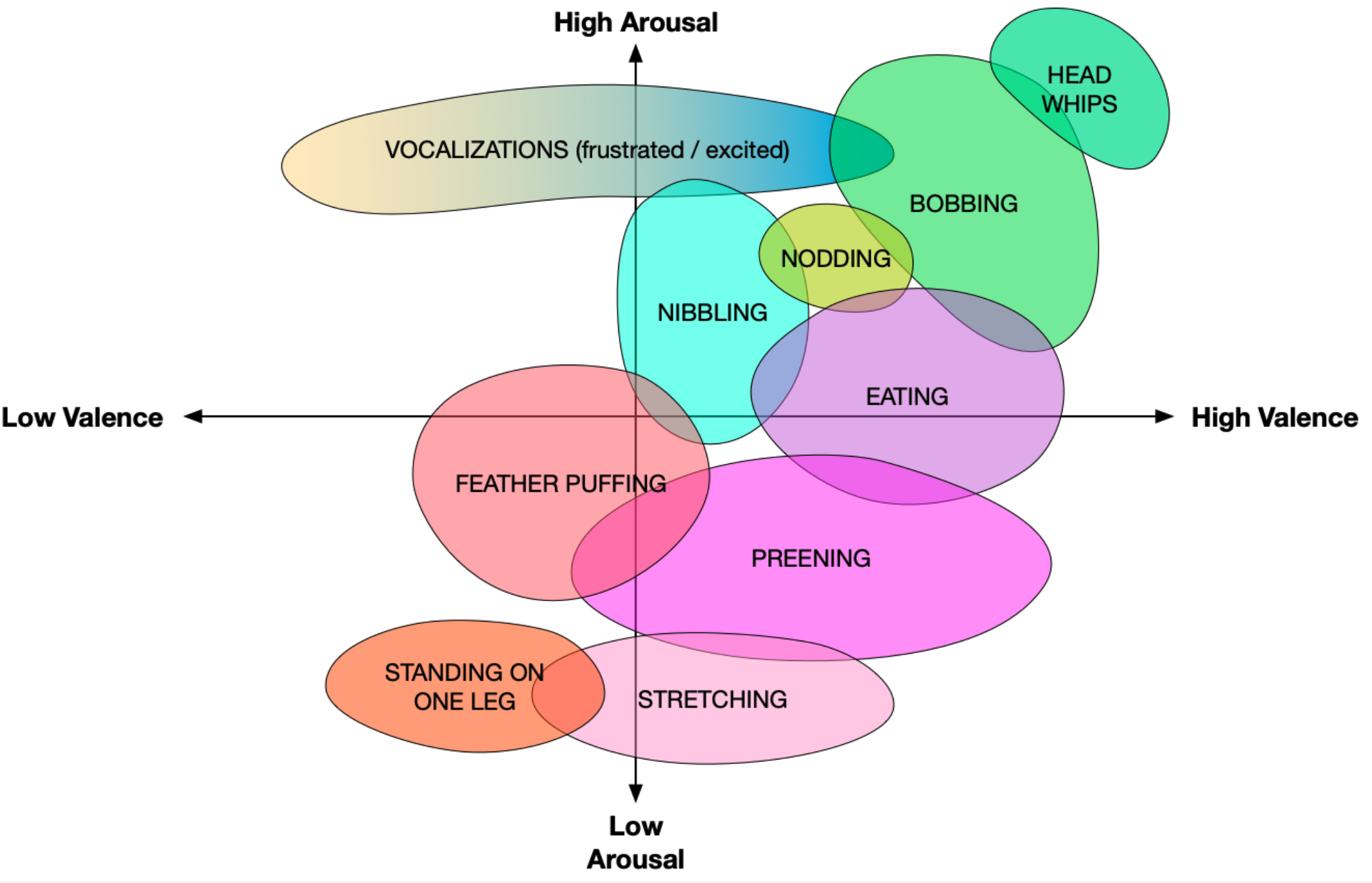
Bird behavioral mapping along arousal/valence axes.

An attention / behavior raster plot for both visitors and Sampson.
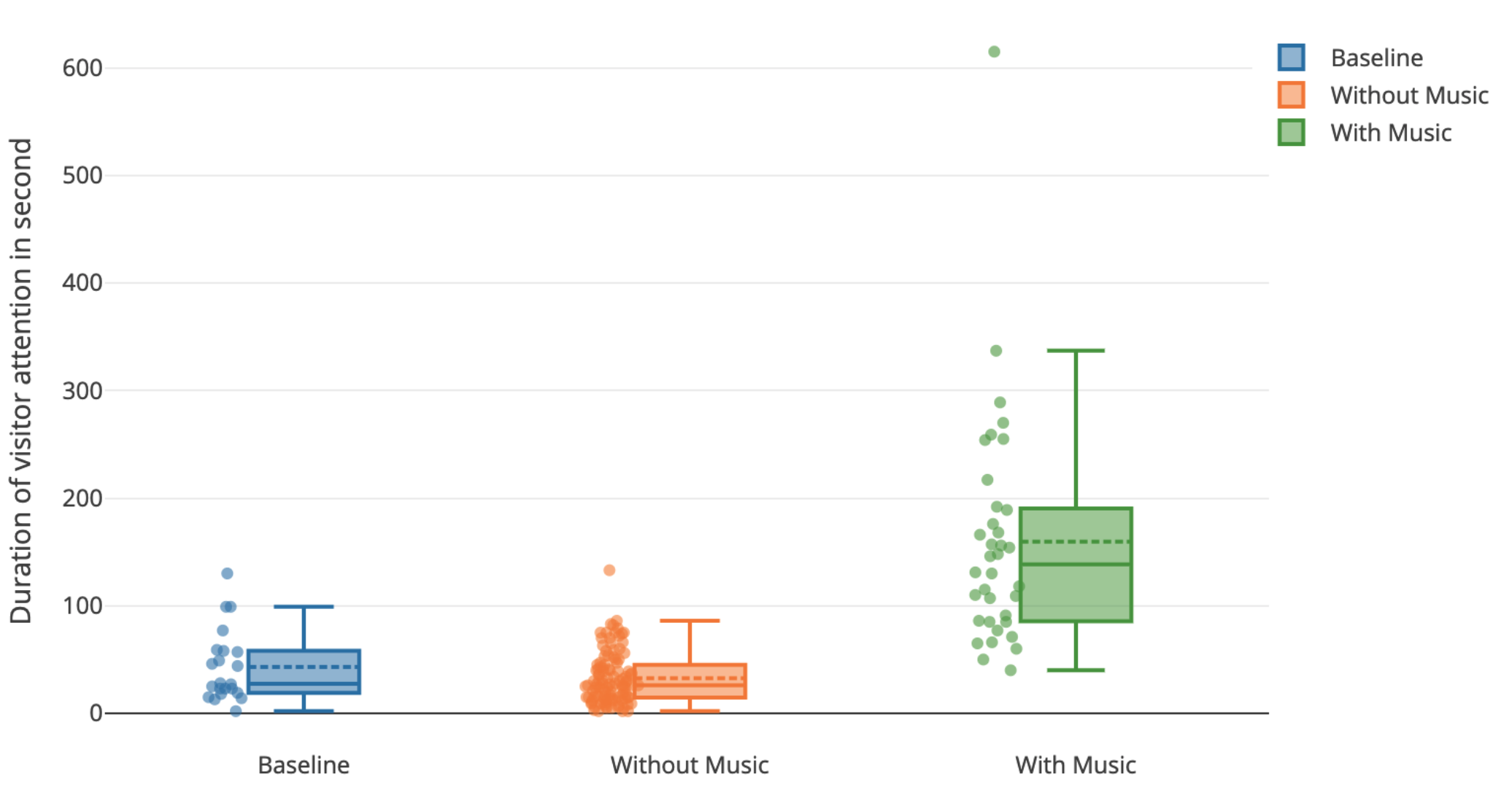
The bird-controlled music drastically increased visitor attention.